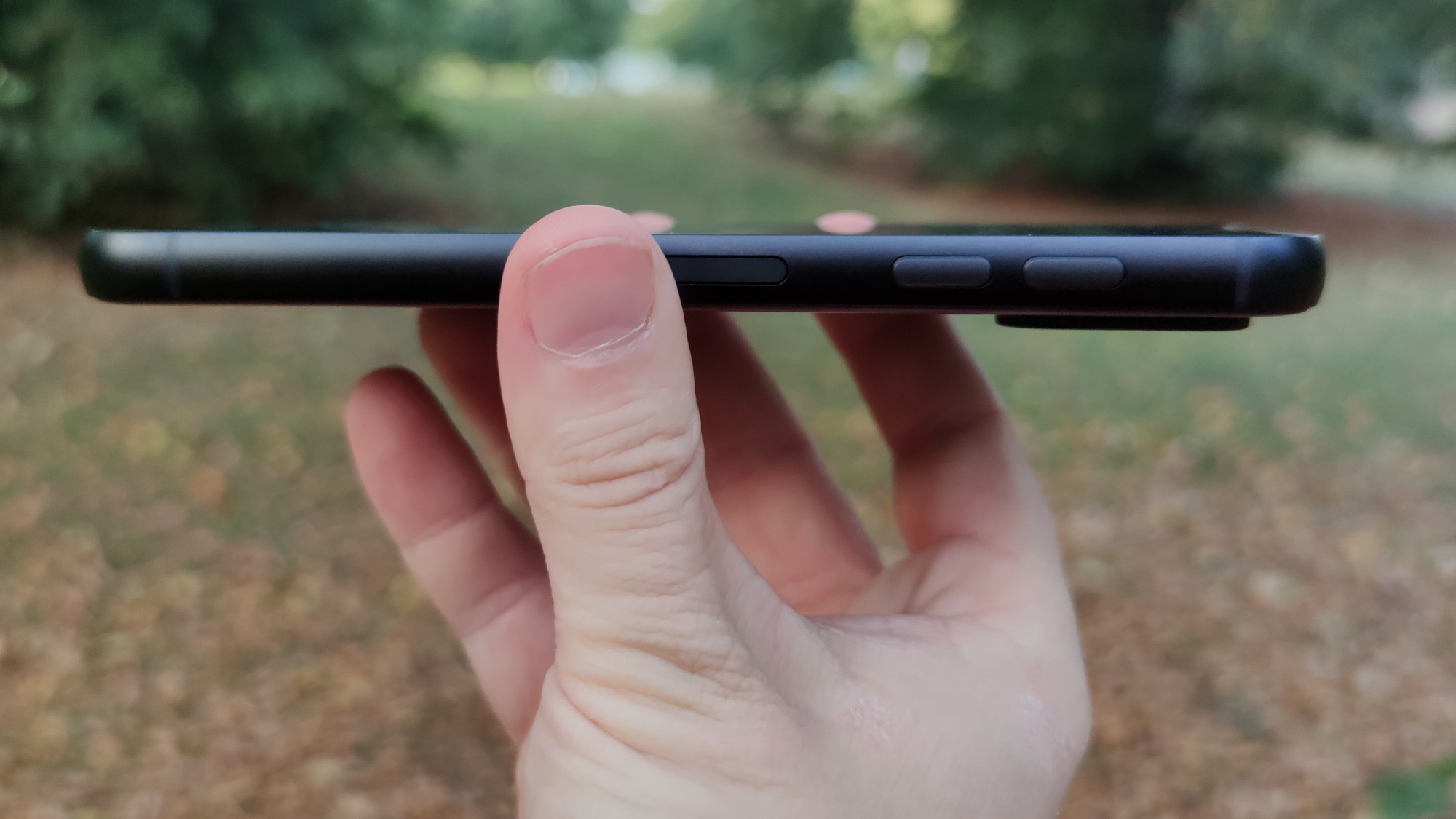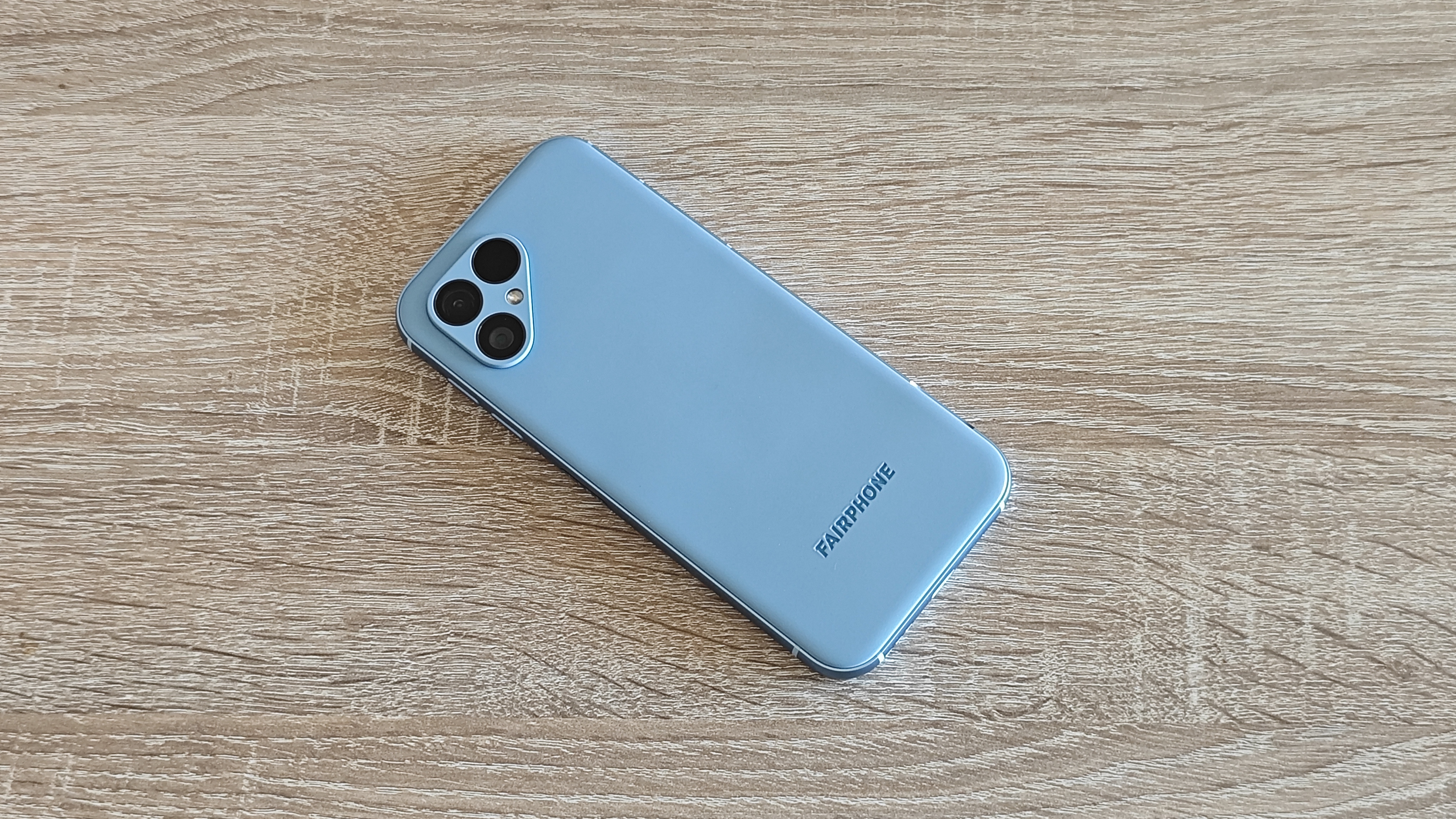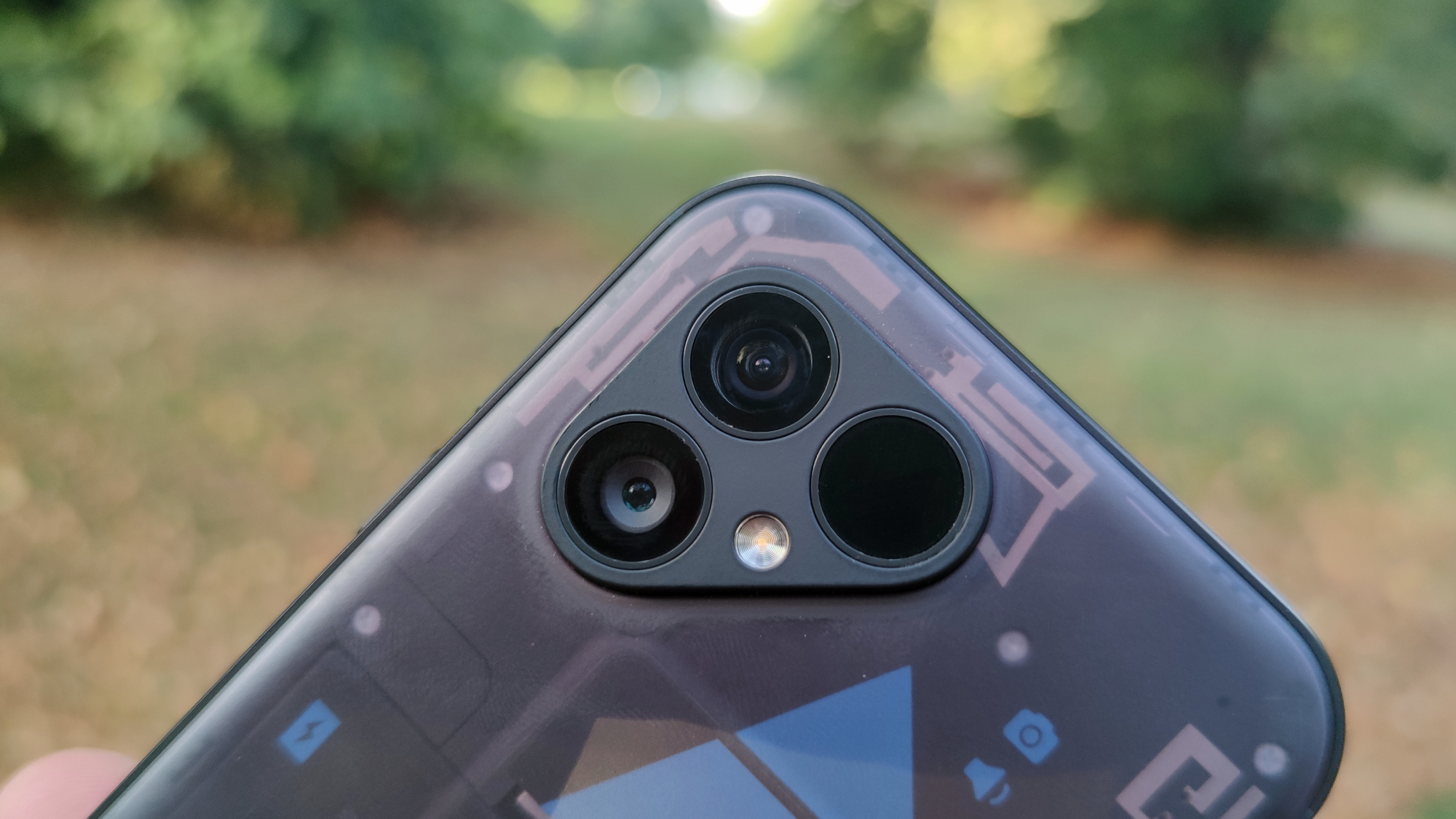'Our aim is to revolutionize the electronics industry from the inside out': Fairphone’s Impact chief on offering a more sustainable smartphone experience
Exclusive: 'Since 2022, we've cut our CO2 emissions by half'

Dutch electronics company Fairphone has released a new report focused on the sustainability and social justice issues facing the smartphone industry, and the steps the company is taking to address them.
Titled “Fairphone’s Impact 2024”, the report looks at the full breadth of the smartphone supply chain – from the mining of raw materials to the replacing of worn-out components – in a bid to reduce carbon emissions and offer users a more confidently ethical choice.
It’s no coincidence that the report lands on Earth Day 2025, which also marks the start of TechRadar’s Sustainability Week (so expect to see plenty of eco-focused features, interviews, and how-tos over the next few days).
The report is full of stats that are sure to surprise readers, albeit not for the cheeriest of reasons: the opening pages, for instance, mention that up to 80% of a phone’s carbon emissions come from its production, with only 22% of all e-waste properly recycled. The picture isn’t much more colorful for the audio market, which Fairphone recently entered with its Fairbuds wireless earbuds.
However, the report is (perhaps unsurprisingly) keen to emphasize Fairphone’s efforts in improving those figures: the company has cut its CO2 emissions by 48% since 2022, and takes in 9kg of e-waste for every 10kg of products it puts onto the market.
We sat down with Fairphone’s chief impact officer, Monique Lempers, to discuss the report, the growing demand for sustainable options in the phone market, and how Fairphone is pushing forward on its own sustainability ambitions.
A holistic approach

“Our aim is to revolutionize the electronics industry from the inside out,” explains Lempers. "We want to bring in great products, and we also want to bring them with a lower environmental footprint while impacting people positively throughout the value chain.”
Get daily insight, inspiration and deals in your inbox
Sign up for breaking news, reviews, opinion, top tech deals, and more.
As we discuss the report, Lempers tells me that Fairphone looks at sustainability holistically – the company prioritizes ocean freight, seeks factories that use renewable energy, and where sustainable processes aren’t yet ready, it purchases carbon credits in local markets: “We buy carbon credits from the local market to compensate for the production of our phone, so that the supply of green energy goes up in a similar way”.
It’s this holistic approach, Lempers tells me, that has led Fairphone to cut emissions so drastically – “since 2022, our base year, we have cut our CO2 emissions by half.”
Even a child can replace a broken screen of a Fairphone.
Monique Lempers, Fairphone
Lempers also explains that Fairphone aims to reduce the impact of its products simply by enabling users to keep and use them for longer: “The footprint of a phone is mainly in the production of the phone… we really focus on the longevity part, extending the lifetime of our products by designing them to be durable, modular, easy to have parts replaced when needed.”
That modularity is a true rarity in the phone market. Other than the HMD Skyline, the Fairphone 5 is the only phone from a major phone maker that is expressly designed to be modular, with swappable components: “We know that [replacing the] battery and screen are the most important reasons for people to buy another product, or to go to a repair shop. With us, it's super simple. You just buy it online – even a child can replace a broken screen of a Fairphone with a new screen.”
Lempers adds that, as per the report, user time for Fairphone phones is almost double the market average. The company also offers a five-year warranty for the Fairphone 5 – most phone makers offer one year only.
It’s worth noting that, while other phone makers put more emphasis on regular upgrades – Apple, for instance, offers a subscription-type service that ensures you get the latest iPhone every year – the longevity of phones has extended greatly in recent years, with most high-end handsets offering between 5 and 7 years of software support.
Material makeup

You might be glad of your iPhone 16's Ceramic Shield display when you drop it on the kitchen floor, or relieved by your Samsung Galaxy S25 Ultra’s titanium rails when you nick the corner on a bit of furniture – but beyond that, it’s easy to forget about the physicality of these immersive devices.
The truth is that the metals, plastics, chemical solutions, and rare earth elements that comprise a smartphone come from mines and factories, often in poorer nations with looser safety and labor regulations – to put it charitably, sustainability and ethical practices aren’t always a priority in resource extraction.
We provide living wage bonuses to the people making our phones where there is a gap.
Monique Lempers, Fairphone
Lempers tells me that Fairphone is working to create greater equity in the sourcing of its materials: “In the mining as well as in the production of the phone, we intervene and, for example, provide living wage bonuses to the people making [our] phones where there is a gap. We work actively on improving working conditions, especially in the mines where there are hazardous conditions.”
The mining of materials used in smartphones – particularly Lithium – has made headlines in recent months due to its geopolitical impact and the effect of the industry on countries like the Democratic Republic of the Congo. The report details that Fairphone has highlighted 18 materials – including Lithium, copper, and plastics – as focuses for improvement, placing emphasis on recycling or sourcing from independently assessed mines.
Value for the planet, or value for money?

All of this creates an appealing image for eco-conscious phone buyers. Though there’s no escaping from carbon emissions completely due to the nature of globalized industry, I’m willing to say that the findings announced in Fairphone’s report are substantial enough to make a genuine impact.
However, the Fairphone 5 is expensive for what it is. Our in-depth Fairphone 5 review found it to be a capable, but not exemplary, performer, with a much larger design than many competitors due to its modular nature.
Here’s the break – the Fairphone 5 costs £649 (~ $800 / AU$1,200), which is more than the powerful Google Pixel 9a and sleek iPhone 16e, and matches the price of the definitively more premium-feeling Samsung Galaxy S24 FE. To my mind, that extra cost is incurred by buying from a smaller company that engages in ethical (i.e more expensive) business practices.
When I directly ask Lempers whether Fairphone’s consumers are willing to pay more for an ethically made device, the answer is a touch more vague: “We want to stress to the broader public, beyond the person that [usually] chooses to buy a sustainable product, that we simply have really good products. So, it's not uniquely for the person that wants to buy sustainably, it is actually for a broader audience.”

A Fairphone spokesperson later added that the phone’s OLED display, camera system, modular “sleeker” design, extended warranty, and long-life chipset are internally considered to add value to the phone.
Price aside, I’m told that Fairphone has observed consumer habits and demands shifting towards sustainability and local commerce in the face of “political turbulence” around the world.
The report openly states that the company sold 103,053 Fairphone 3, 3+, 4, and 5 models in 2024, 3% above target: “There's an appetite [for sustainable phones] and a growing one. We have grown our footprint versus last year, while the market is actually shrinking. So we must be doing something good!”
Concluding, Lempers adds: “What I want people to see is that Fairphone is a European electronics company that brings great products to the market, to people who want to get the most value out of their product. And, additionally, that we are also the most sustainable company when it comes to building and producing electronics products.”
So, there you have it – a European phone maker doing things differently with the goal of making, well, a fairer phone. You can read the "Fairphone's Impact 2024" report on the company’s website – let us know what you think in the comments below.
You might also like

Jamie is a Mobile Computing Staff Writer for TechRadar, responsible for covering phones and tablets. He’s been tech-obsessed from a young age and has written for various news and culture publications. Jamie graduated from Goldsmiths, University of London in 2024 with a bachelor’s degree in Journalism. Since starting out as a music blogger in 2020, he’s worked on local news stories, finance trade magazines, and multimedia political features. He brings a love for digital journalism and consumer technology to TechRadar. Outside of the TechRadar office, Jamie can be found binge-watching tech reviews, DJing in local venues around London, or challenging friends to a game of Super Smash Bros. Ultimate.
You must confirm your public display name before commenting
Please logout and then login again, you will then be prompted to enter your display name.